 |
CRI ADX
Last Updated: 2025-05-07 13:34 p
|
 |
CRI ADX
Last Updated: 2025-05-07 13:34 p
|
By creating and setting up a Player in the program, to set the sound to be played. Controlling the sounds being played back is done at the Player level.
When creating data, sometimes it may be easier to set it on the player side. E.g. Distance attenuation AISAC etc.
Basically the sounds are played back according to the Player's settings.
If you create a Player and you do not set anything, the playback will be performed according to the settings on the data side.
Even if you set some of the parameters, as long as they can be shared by the sounds you want to play, you can share the Player between the sounds.
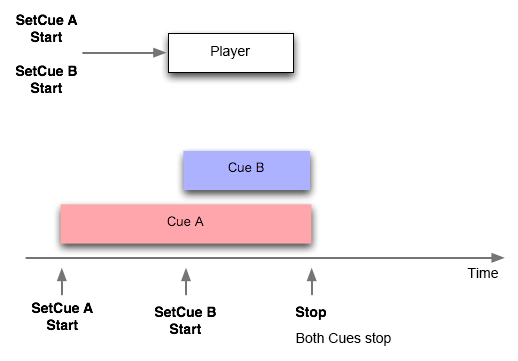
If you change the volume on the Player, it will affect the next Cue that will be started.
By updating a parameter on a Player, you change it for all the sounds being played on that Player.
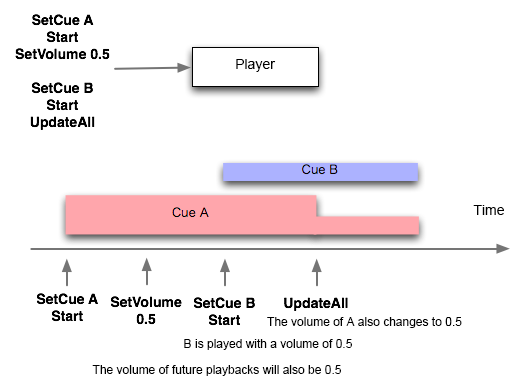
You play a sound by executing the SetCue and then Start functions. The parameters need to be set before calling Start.
If some parameters are set after Start, their update may be delayed.
Note that playback preparation and sequence prefetching (criAtomExPlayer_SetSequencePrepareTime) etc. will not work correctly unless the playback is done.
You can use the playback ID to control an individual sound played back on a Player.
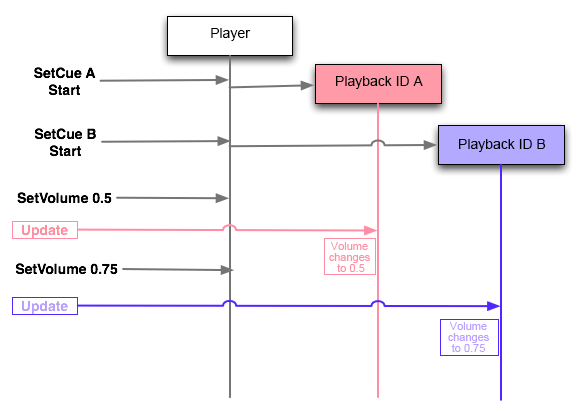
If you control multiple sounds at the same time, it may be easier to prepare for that Player.

There can be a maximum of 8 AISAC controls simultaneously on a Player.
If this number is exceeded errors may occur.
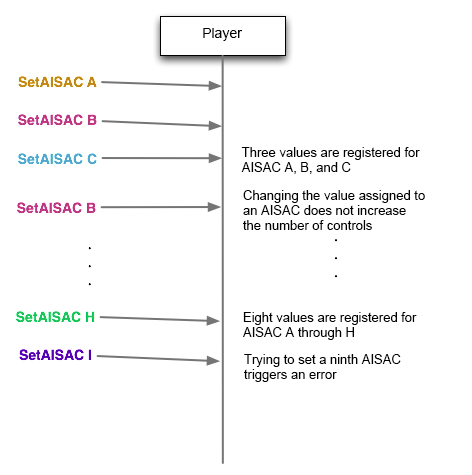
Up to 8 Selectors can be controlled simultaneously with one Player.
If this number is exceeded errors may occur.
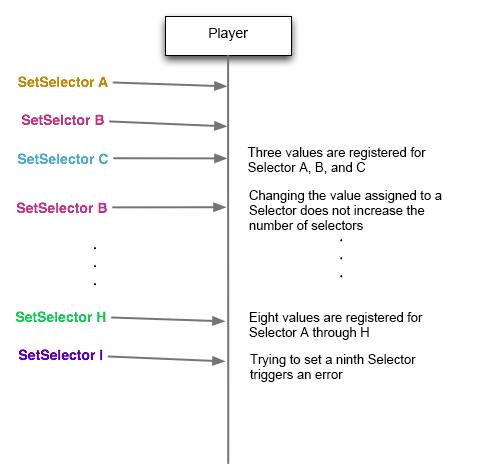
When returning the Player to its initial state, the Player's AISAC control values and Selector values are also reset.
